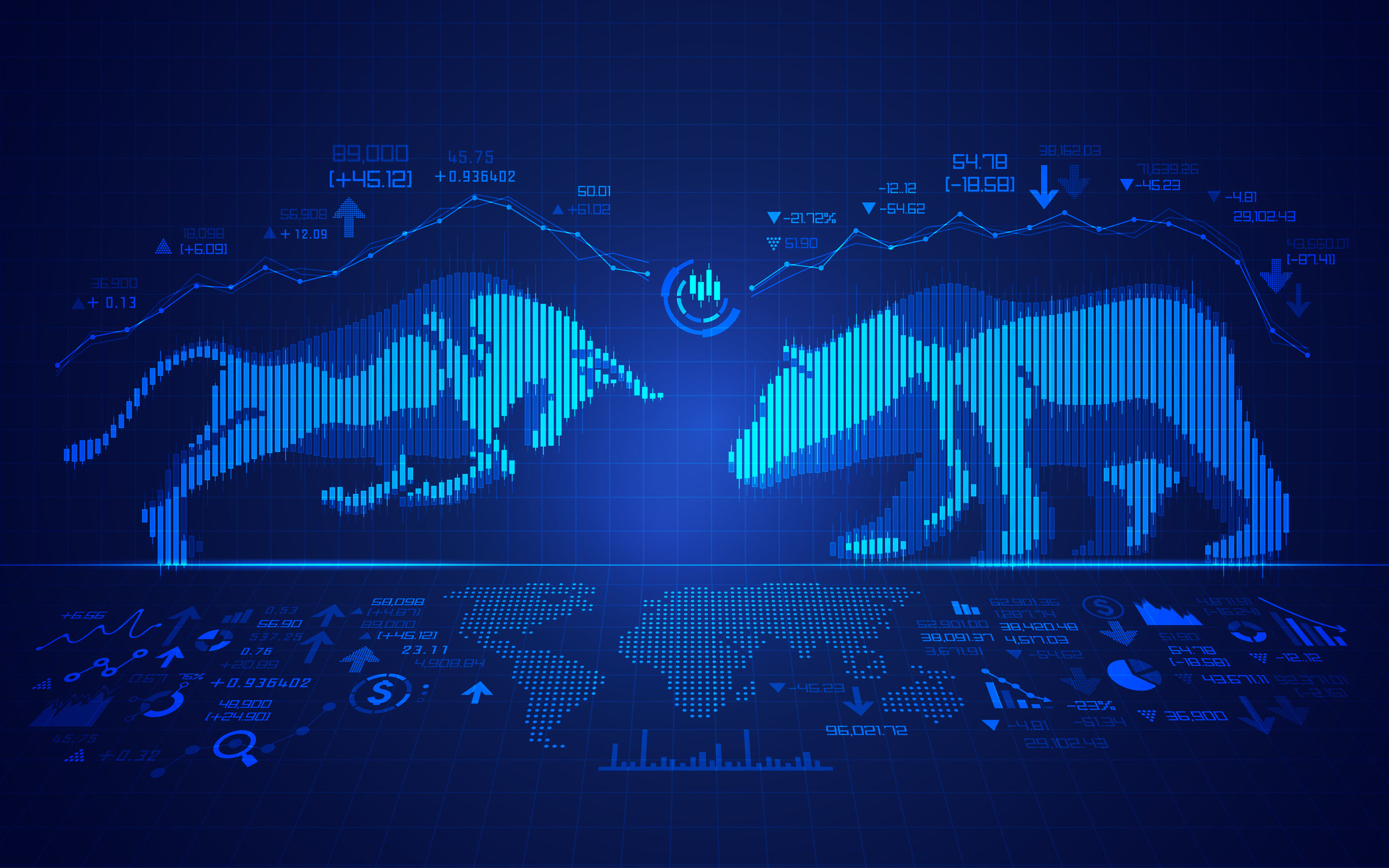Capital Market Review - 1st Quarter 2020

The first quarter of 2020 has been one that we’ll remember forever. In a remarkably short period, our entire worlds have all been changed by the Coronavirus. The need to shut down our lives to combat the disease’s rapid spread is already having an enormous impact on our economy and financial markets.
The Broad Market

Source: HowMuch.Net | Large Image
We began the year riding the longest bull market in U.S. history. During the 11-year, post-Global Financial Crisis expansion, the S&P 500 return over 450% cumulatively while the unemployment rate fell steadily to 50-year lows. But on February 20th, the market began to see the effects of the virus in China, and the aggressive response happening to combat the spread. At the very least, this would cause some level of disruption to the global economy, and stock prices began to decline. That anxiety quickly escalated into panic as our social distancing measures in the U.S. went from tapping elbows instead of shaking hands to our own country shutting down. In just three weeks, stock prices fell by over 30%.
Sector Breakdown

Companies related to travel, leisure, and retail shopping have suffered the most. Airlines, hotels, restaurants, and stores sit empty and unused, leaving millions of workers unemployed. The Energy sector is not only facing a huge decrease in demand, but also an oversupply due to OPEC and Russia failing to reach an agreement to reduce production. On the less-negative side, Technology companies that help us connect remotely and the delivery services that bring us our basic needs have held up better. Other business sectors not suffering as steep of declines are medical companies from which there is not only the demand for effective treatments and a vaccine, but also basic medical supplies to support the healthcare workers fighting on the front lines.
Typically, in times that stocks do poorly, bonds do well. This intuitively makes sense as when fearful investors sell risky stocks, they typically use the proceeds to buy safe bonds. When there are more sellers than buyers of stock, this drives the price of stocks down. Conversely, when there are more buyers than sellers of bonds, the price of the bonds goes up. However, that is not what happened in the first quarter of 2020. The panic selling carried over into the bond market, driving the BBgBarc U.S. Aggregate Bond index down over 6% at the same time as stocks were falling. Government Bonds, backed by the U.S. federal government, were the only sector to avoid the sell-off. With many aspects of our economy shutting down, and with the ability for corporations, small businesses, and all non-government borrowers to maintain debt payments less certain, those sectors suffered broadly.
CARES ACT

Source: HowMuch.Net | Large image
As the fear of another financial crisis mounted, the Fed and Congress quickly responded by launching the largest monetary and fiscal support programs in history in what is being dubbed, the “shock and awe” approach. The Fed quickly cut rates to zero and injected over $1.5 trillion of monetary support to the strained financial system. Congress followed by signing the $2.3 trillion Coronavirus Aid, Relief, and Economic Security (CARES) Act into law on March 27th. This was enough to provide some relief to the stock market, and more importantly, stability and functionality to the bond market. To close the first quarter, the S&P 500 ended down 19.6%, and the BBgBarc U.S. Aggregate Bond index ended up 3.2%.
The Curve

We’re living in an extraordinary moment in history. On the one hand, we’ve never faced greater uncertainty. How long will the U.S. remain locked down? There is hope from China who is on the backend of the curve and beginning to return to normal life. But until there is a vaccine, some level of distancing will be needed to avoid another outbreak. And on the other hand, we do know how the story will end. Eventually, a vaccine will be developed, and we will truly be free to return to normal.
That new normal may look much different than it did before the virus. Will we rely less on global trade to provide critical needs such as medical supplies? How will the success and challenges of working remotely change the demand for office space? What will be the long-term effects on consumer habits? Will we always keep a 2-year supply of toilet paper on hand like the people who lived through depression era continued to reuse teabags?
While we expect to see more market volatility for the foreseeable future, as investors, we must remain focused on the long-term. Not only did the S&P 500 suffer two of the largest single-day losses in history during the first quarter (-12.0% & -9.5%), but it also rallied for two of the most substantial single- day gains in history (9.4% & 9.3%). We expect and prepare for recessions and prolonged difficult markets to build durable portfolios to meet our client’s objectives. And even in these uncertain times, we remain confident in our ability to meet those objectives.
Author: Jim Rambo, CFA | Research Team | Allegheny Financial Group | April 2020
The information included herein was obtained from sources which we believe reliable. This report is being provided for informational purposes only. It does not represent any specific investment and is not intended to be an offer of sale of any kind. Past performance is not a guarantee of future results.
Allegheny Financial Group is a Registered Investment Advisor. Securities offered through Allegheny Investments, LTD, a registered Broker/Dealer. Member FINRA/SIPC.